Going through old photos from the Early 2000s SEMA shows is pretty wild, and it makes me nostalgic for the days when SEMA and printed magazines were the only game in town if you wanted attention in the car scene. There was no Instagram, TikTok, or even YouTube. Digital cameras still had a long way to go (some of these were still shot on film), so enjoy a look back at the SEMA show experience 20+ years ago.
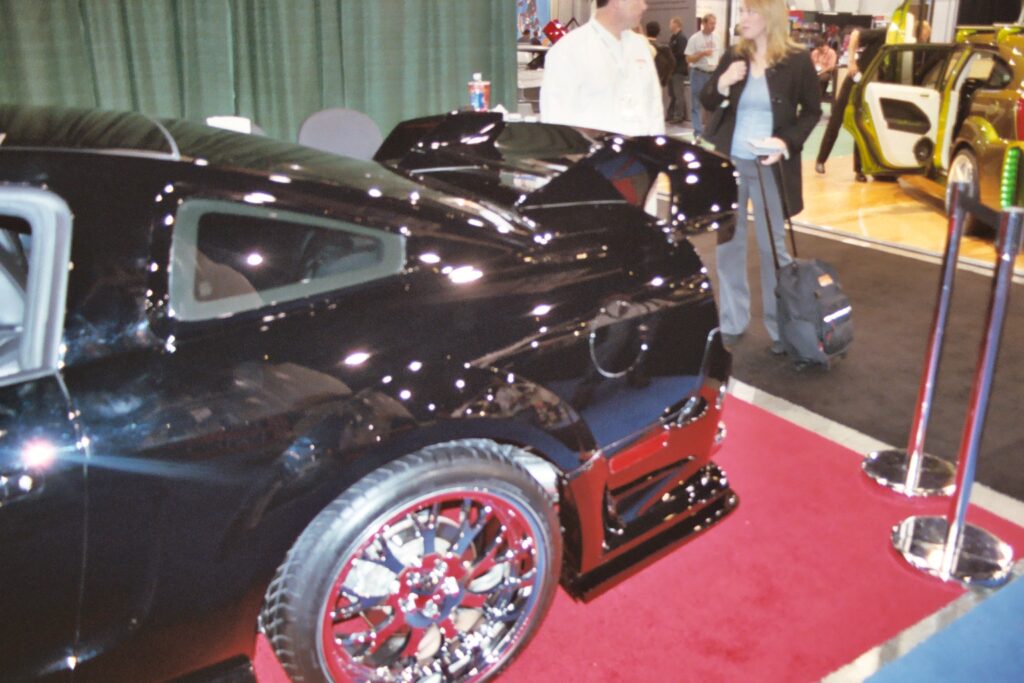
Early 2000s SEMA: Back When Wings Were Bigger and Chrome Was King
There’s a certain magic in flipping through photos of SEMA from the early 2000s. Long before overlanding rigs and EV swaps took over the Las Vegas Convention Center, the halls were filled with body kits that could take your shin off, trunks packed with subwoofers, and more graphics than a NASCAR stocker. This was the era of Fast & Furious fever, when the aftermarket industry was booming and every automaker, from Hyundai to Hummer, was trying to court the tuner crowd.
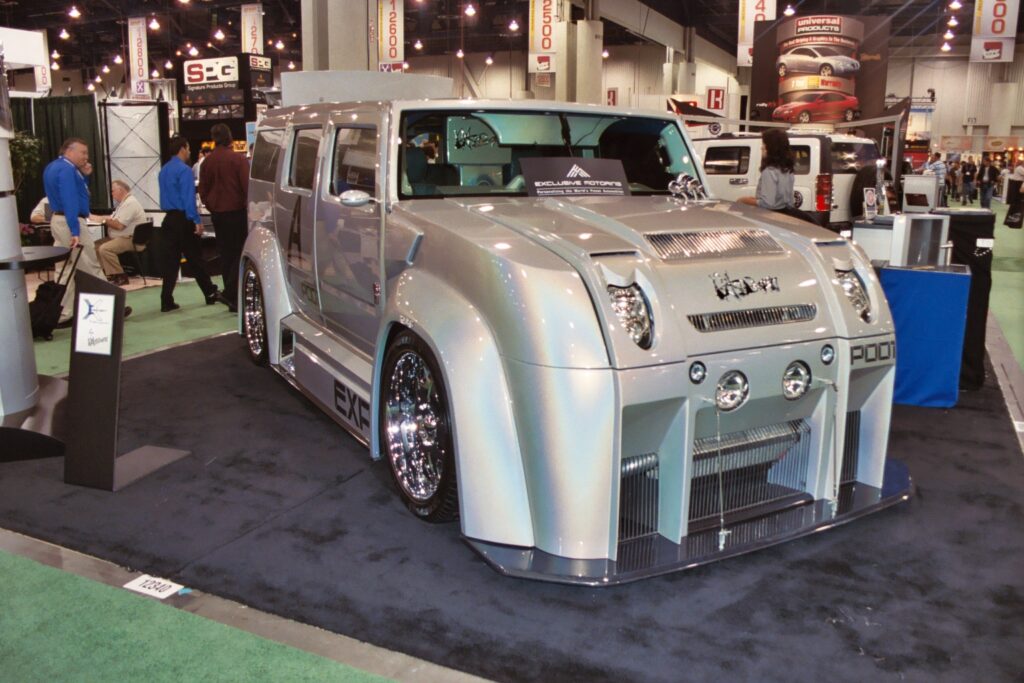
The early 2000s were a golden age of excess. If it didn’t glow, spit fire, or wear more paint than a lowrider at a car show in East L.A., it simply wasn’t SEMA-worthy. And for a generation that came of age during this time, these cars weren’t just showpieces—they were aspirations.
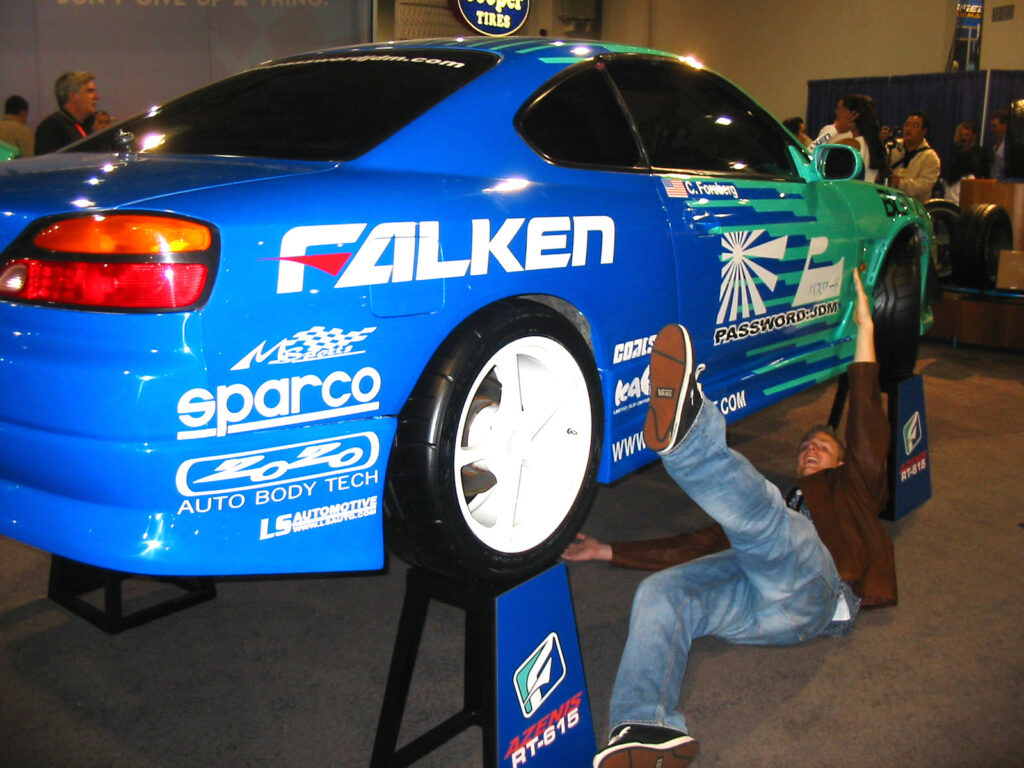
Early 2000s SEMA: Import Dreams and Tuner Kings
Let’s start with the obvious: the import scene ruled the early 2000s show floor. Honda Civics, Acura Integras, and Mitsubishi Eclipses lined up like a tuner battalion, each wrapped in custom paint, outfitted with widebody kits from Veilside or Wings West, and slammed to the ground on chrome 17s or Volk TE37s, if the owner had taste and budget.
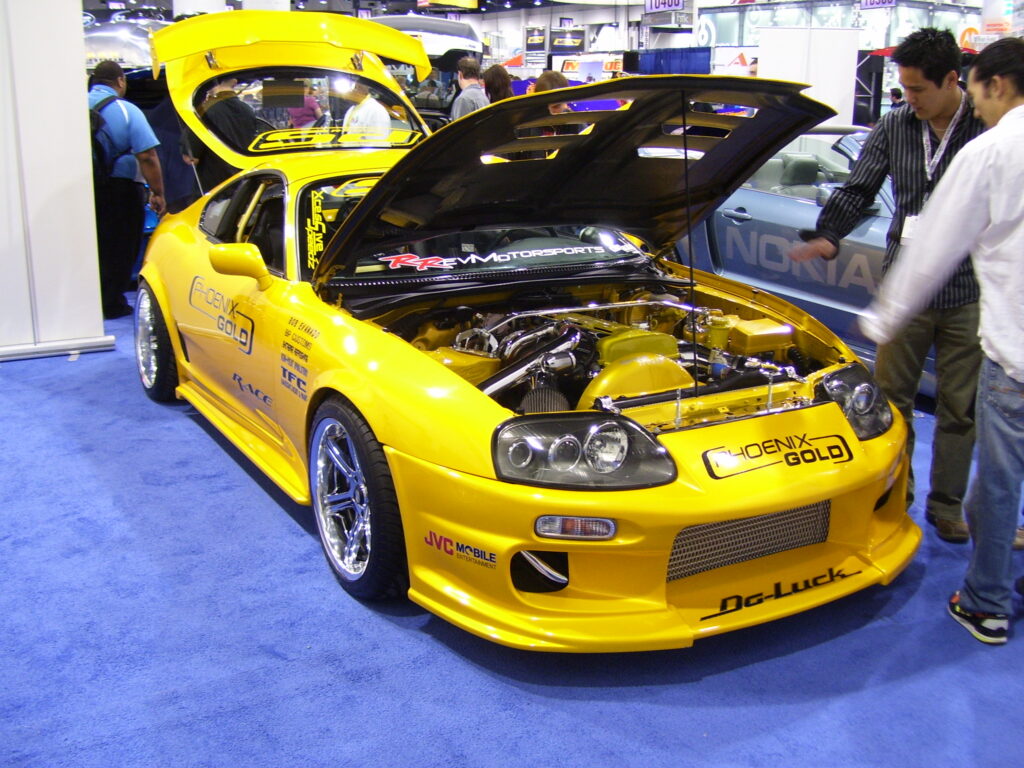
You couldn’t throw a microfiber towel without hitting a turbocharged B-series engine or a trunk-mounted nitrous system. And yes, everything was color-matched: brake calipers, strut bars, even fire extinguishers. Interior builds were just as loud—think neon underglow, PlayStation 2 consoles molded into dashboards, and fiberglass speaker pods sculpted like art installations.
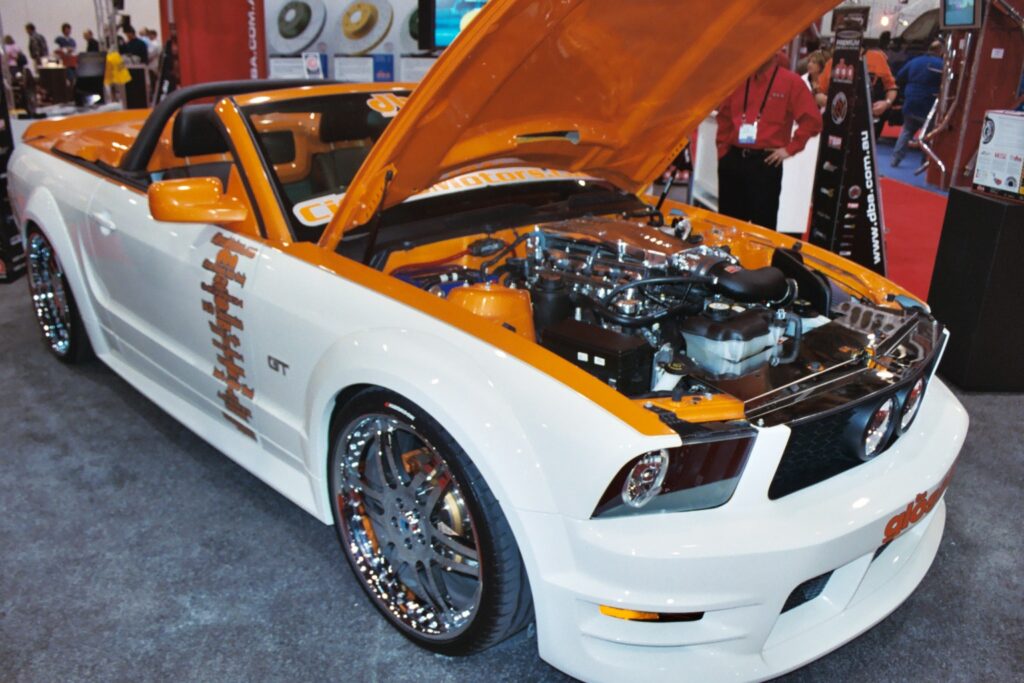
Early 2000s SEMA: Domestic Domination and Muscle Car Makeovers
But SEMA wasn’t just an import playground. The Big Three came out swinging. The Mustang vs Camaro war was alive and well, with Saleen, Roush, and Steeda pushing performance packages and body kits that made Ford’s factory options look tame. Chevrolet showed off early concepts for what would become the reborn Camaro in the late 2000s, while Dodge teased with SRT versions of the Neon and eventually the Charger.
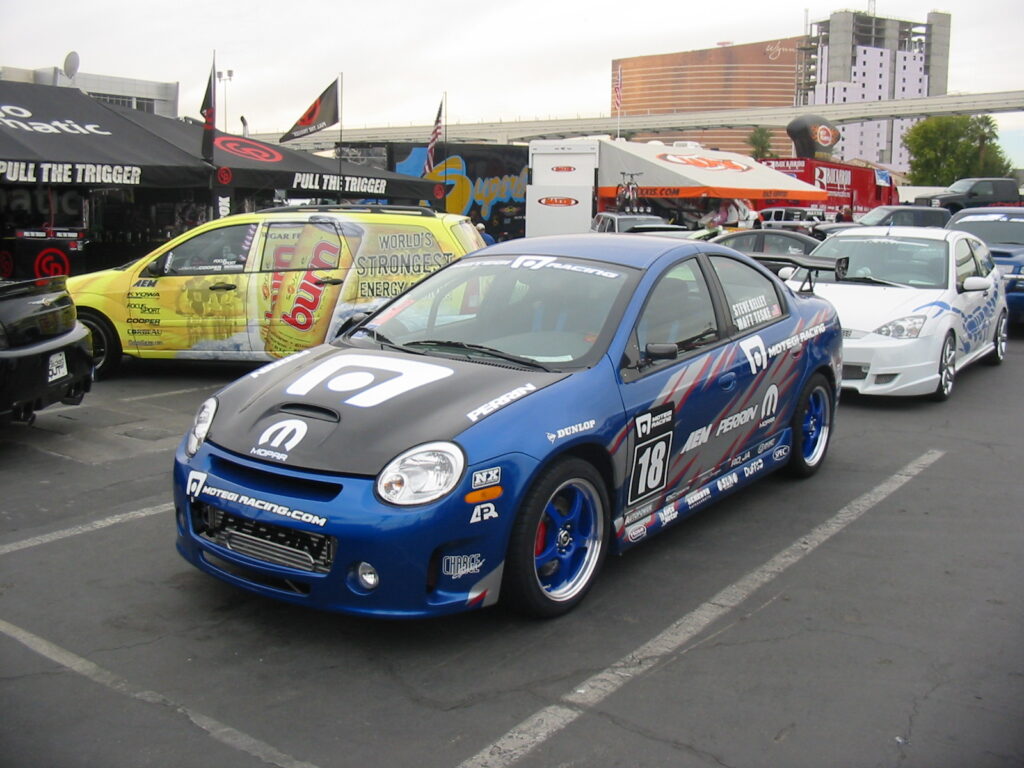
Hemi swaps were becoming the hot new thing, and restomods were just starting to gain traction, breathing new life into Chevelles, GTOs, and early Mustangs with LS1s, coilovers, and disc brakes. Back then, building a Pro Touring car still felt revolutionary.

Early 2000s SEMA: The Rise of the Ridiculous
Some of the most memorable SEMA builds from that era weren’t practical, subtle, or even particularly drivable. But they were unforgettable. Cadillac Escalades on 26-inch wheels with color-shifting paint. H2 Hummers fitted with gullwing doors and fish tanks. PT Cruisers transformed into everything from woodies to panel vans. It was a time when the goal wasn’t subtle elegance, it was shock and awe.
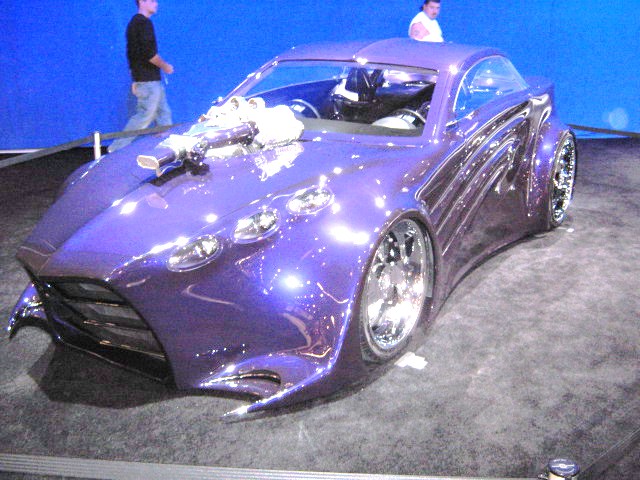
This went way past the car builds. Booths featured scantily clad ladies who, like the sirens of the past, would draw men into a trap to sign up for a mailing list for parts they would never buy. Dunlop went nuts, offering a free set of tires to anyone willing to get a permanent Dunlop logo tattooed on their body, not tires for life, one set of tires. It was the wild west of automotive marketing.
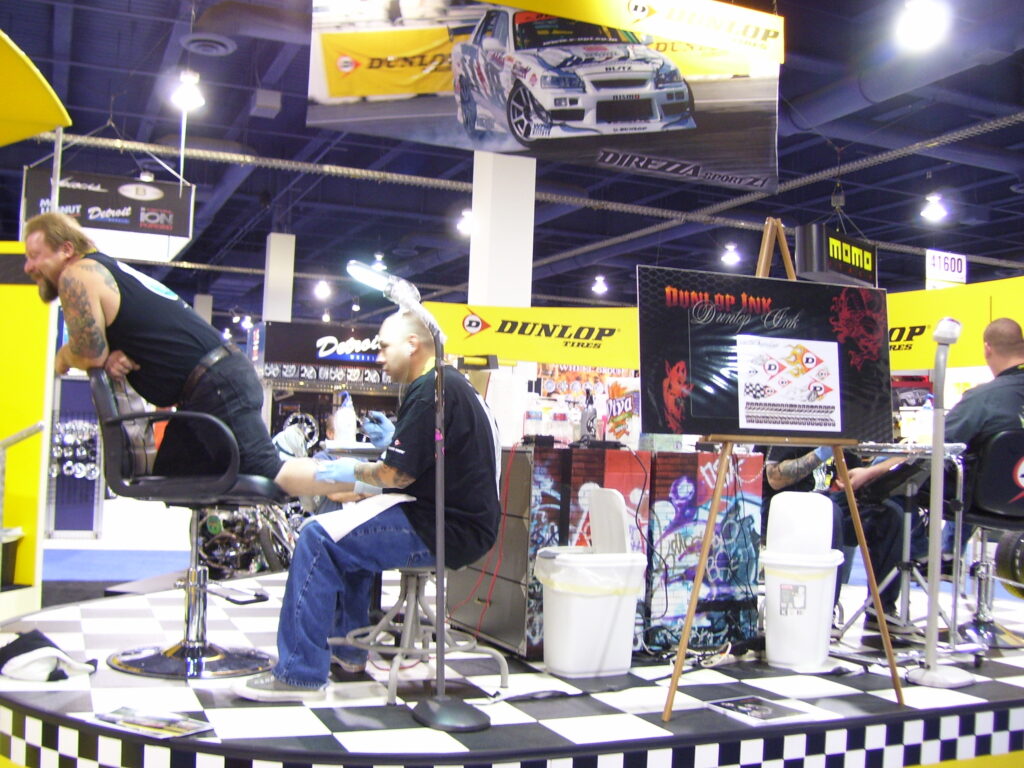
Audio competitions were taken seriously, too. You’d stumble across an otherwise modest-looking coupe that, upon opening the trunk, would reveal a full Rockford Fosgate or JL Audio install that probably needed its own generator to run.
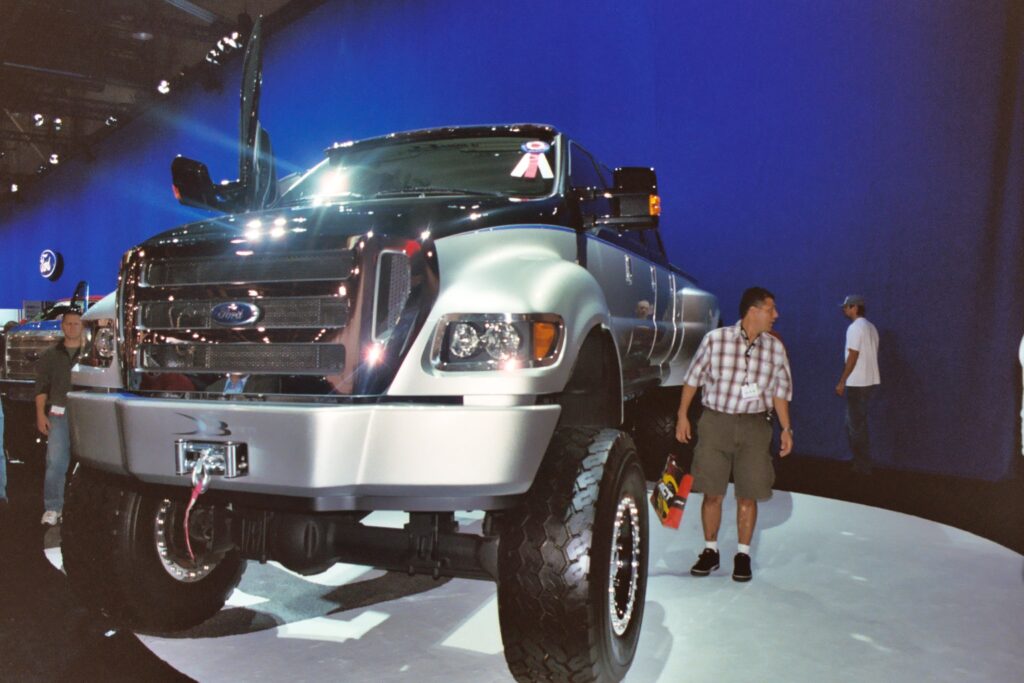
OEMs Start to Catch On
The early 2000s SEMA also marked a shift, OEMs were finally getting serious about the aftermarket. Toyota brought modded Scion xBs to test the waters, kicking off a wave of brand-driven customization campaigns. Nissan showcased wild versions of the 350Z to build excitement around their reborn sports car. Even Ford and Chevy had modded Cavaliers and Focuses wearing factory-backed body kits and showcasing bolt-on go-fast parts.
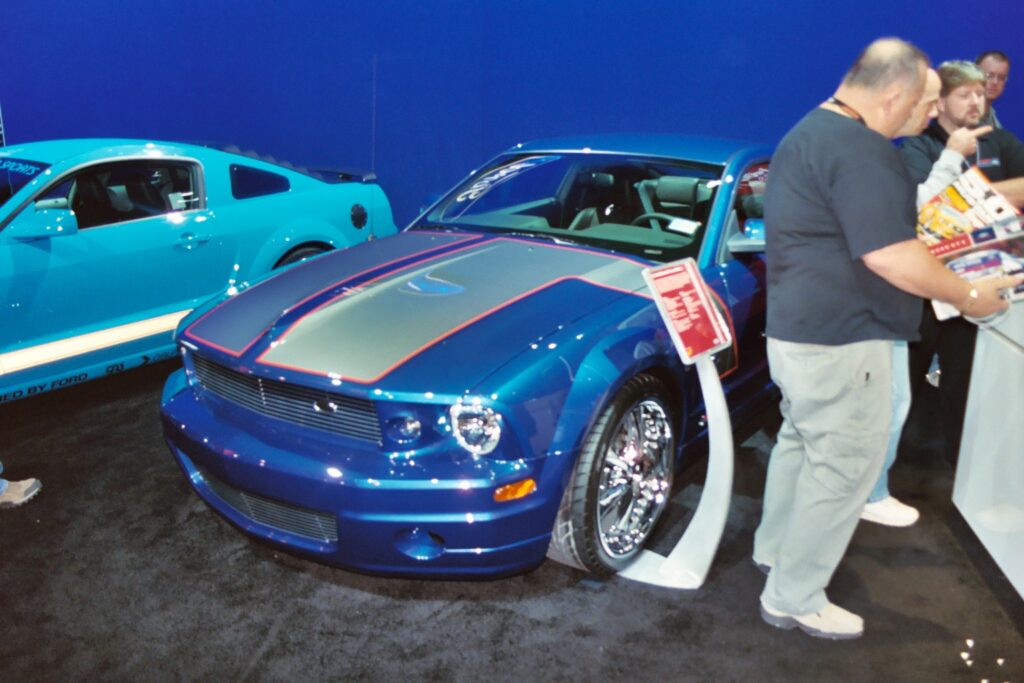
This was also when concept cars started appearing with real aftermarket pedigree, built by names like Chip Foose, Troy Trepanier, and the Ringbrothers. These weren’t just design exercises; they were rolling testbeds of trends to come.
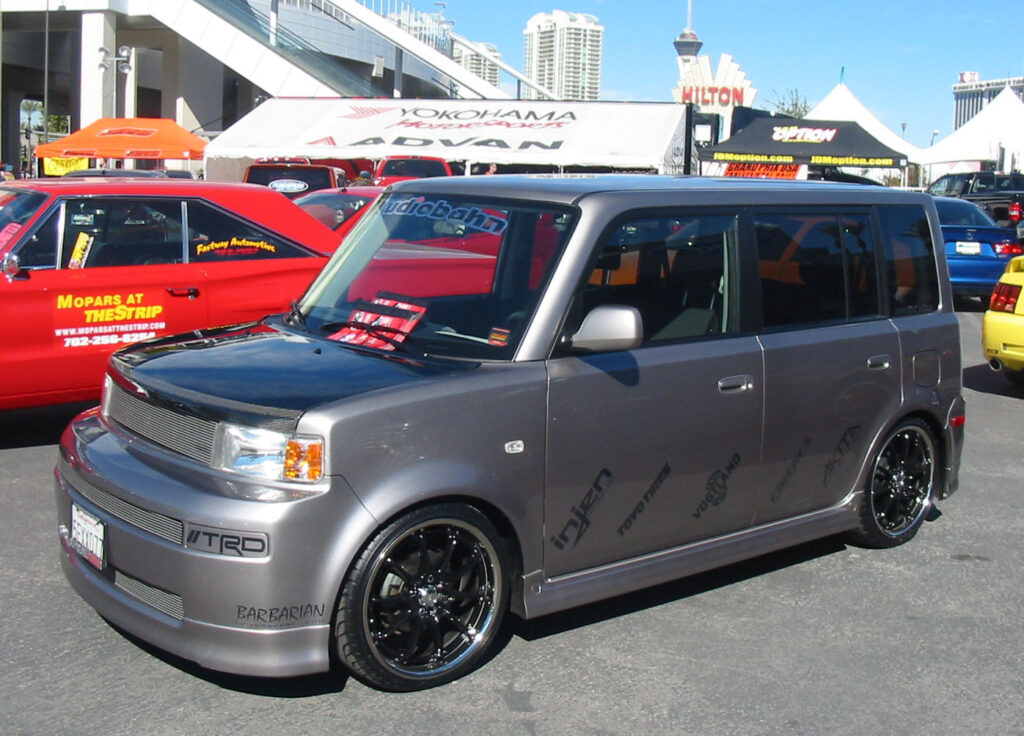
Why It Still Matters
Looking back at the photos, 20 years later, it’s easy to smile at the underglow and outrageous paint. But these builds mattered. They were cultural touchstones that brought together design, music, fashion, and technology. They represented an era when the aftermarket was democratized. You didn’t need a six-figure car to turn heads, you just needed a vision, a NOPI catalog, and a willingness to wrench.
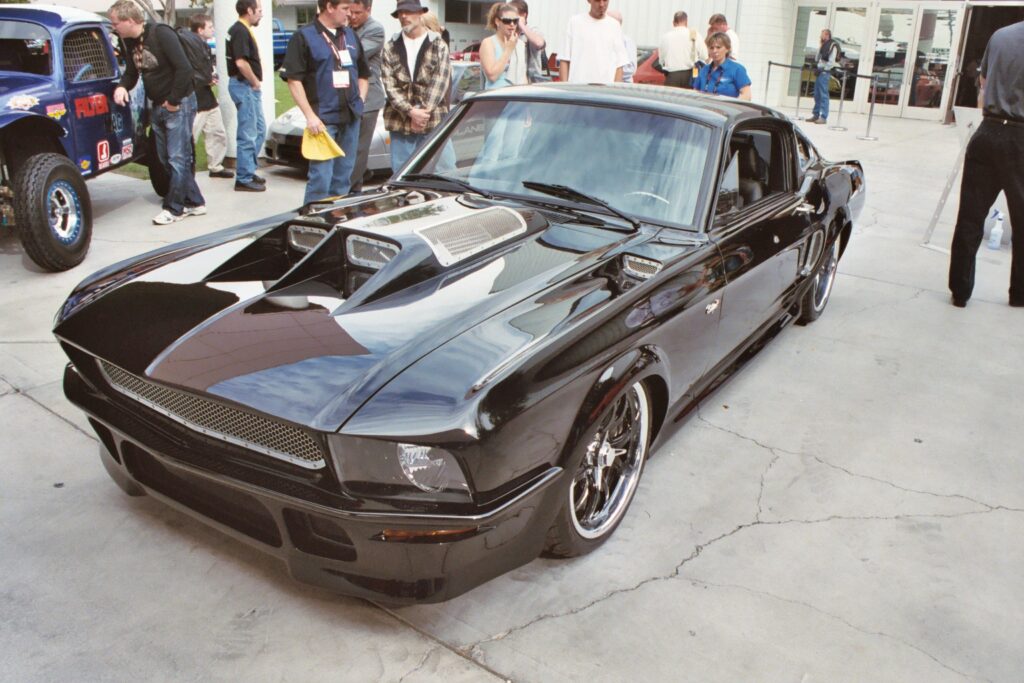
Today, those early-2000s cars are making a comeback, not just as nostalgia-fueled Craigslist finds, but as legitimate collectibles. That once-ridiculed Eclipse with Lambo doors and a Greddy turbo kit? There’s a 30-something out there looking to relive his high school dream by buying it back.
SEMA in the early 2000s was wild, weird, and wonderful—and it helped shape the car culture we live in today. So, as we look through these photos from two decades ago, take a moment to appreciate the neon-lit madness. These cars weren’t just trends, they were time capsules. And if you listen closely, you can still hear the thump of bass, the hiss of a blow-off valve, and the distant rumble of a crowd gathering around something with way too much fiberglass.
Because at the end of the day, that’s what SEMA has always been about: celebrating the creativity of car culture in all its forms.
Enjoy More Early 2000s SEMA Photos Below:
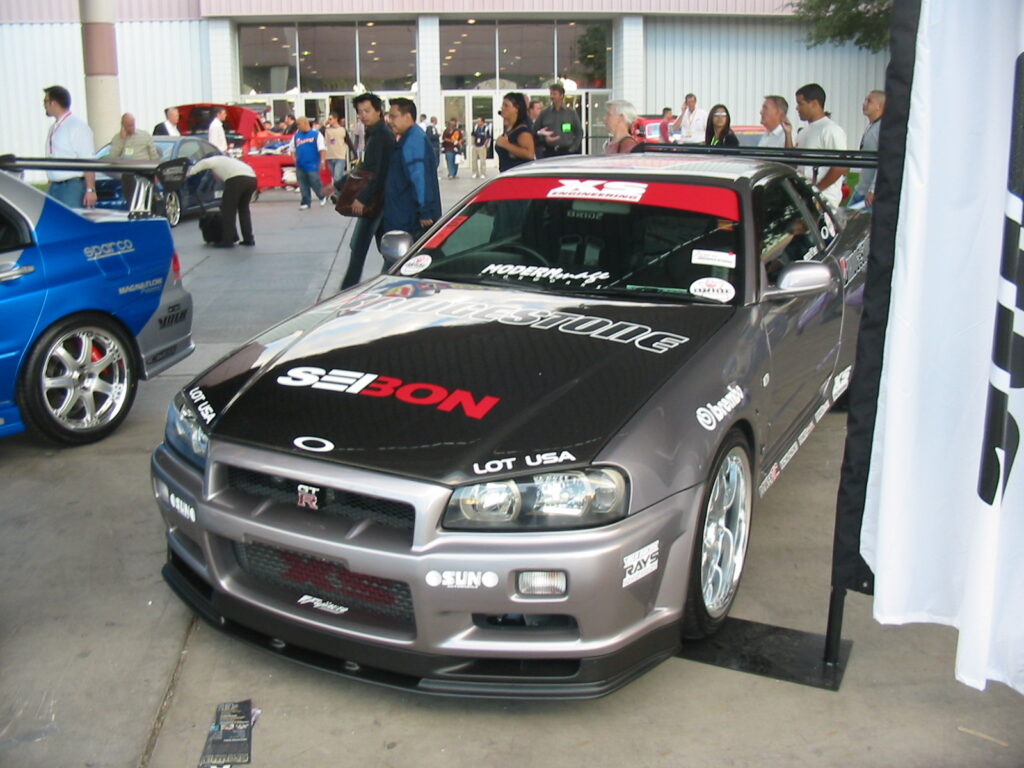
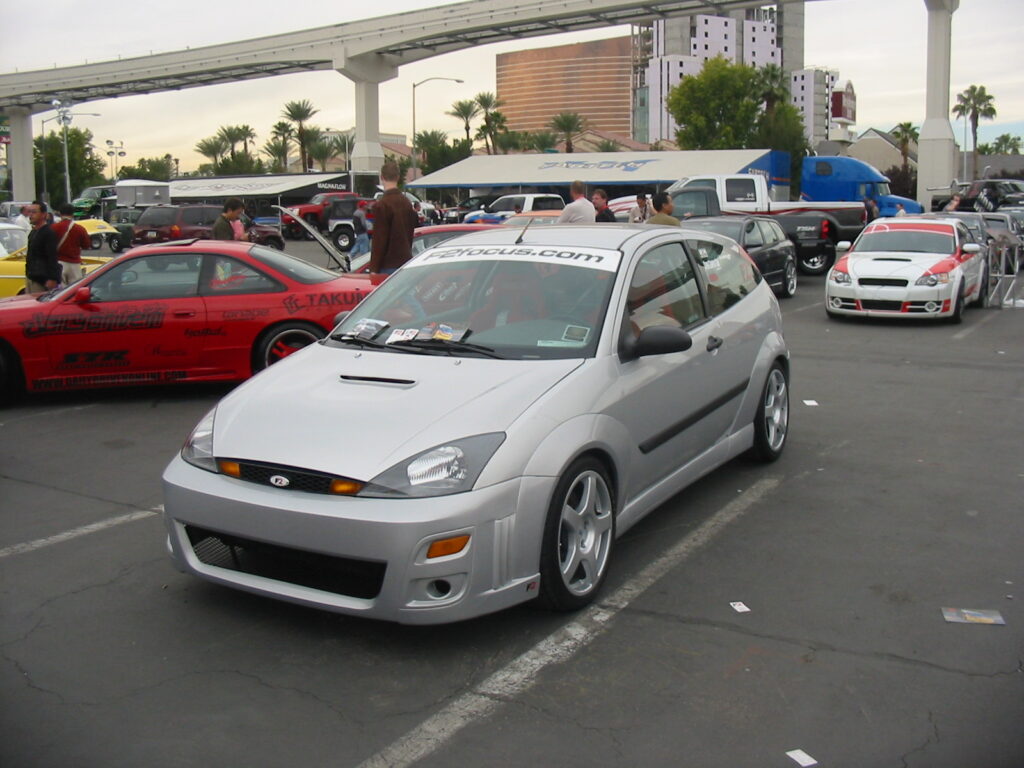
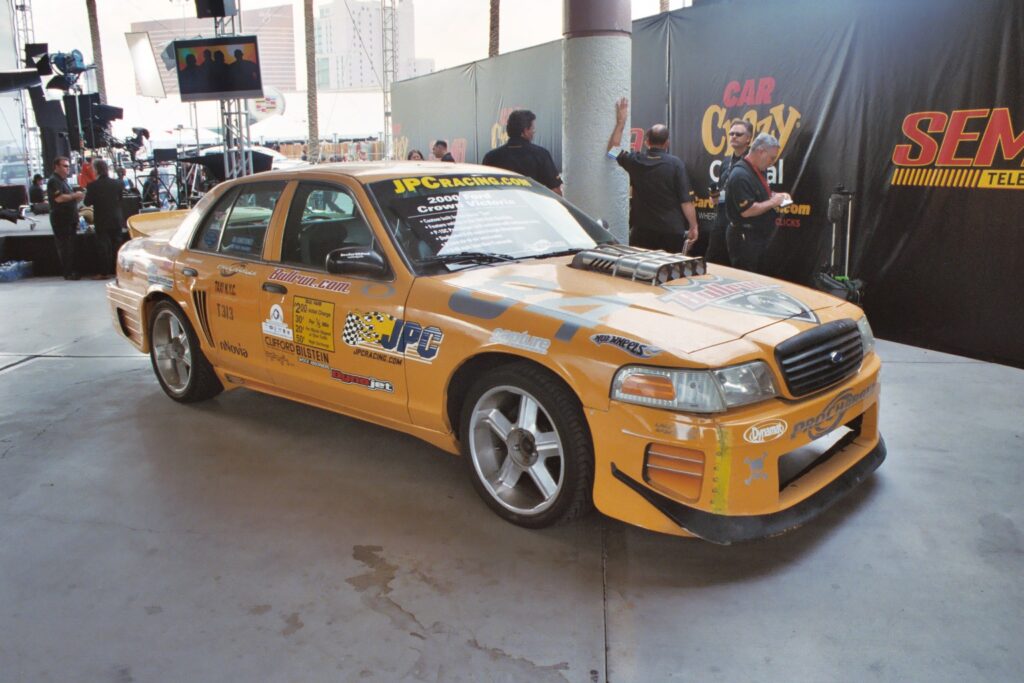
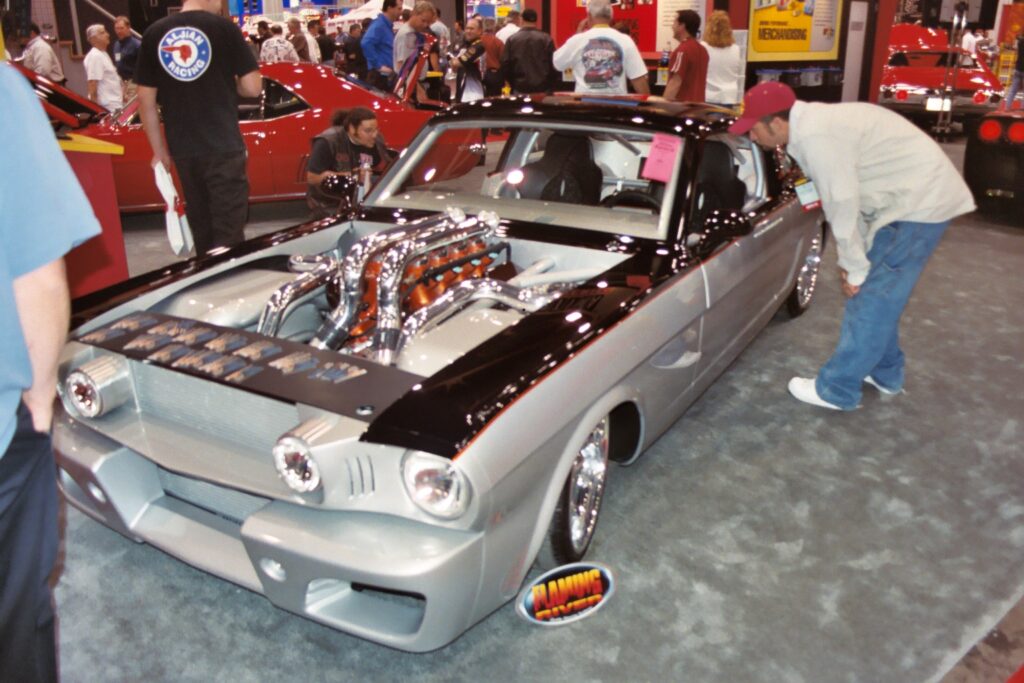
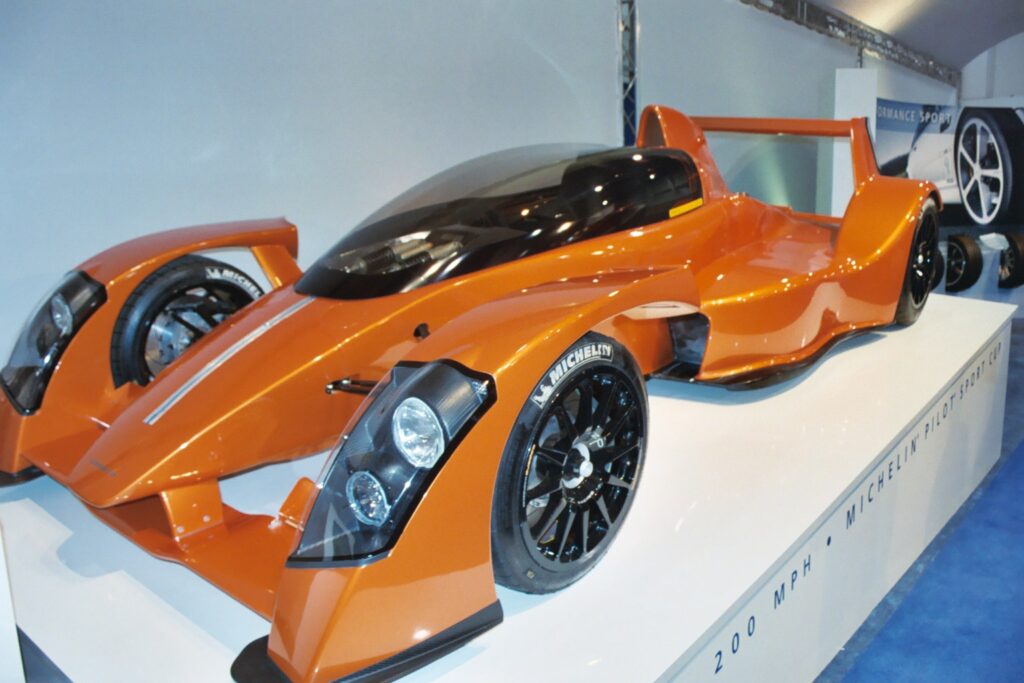
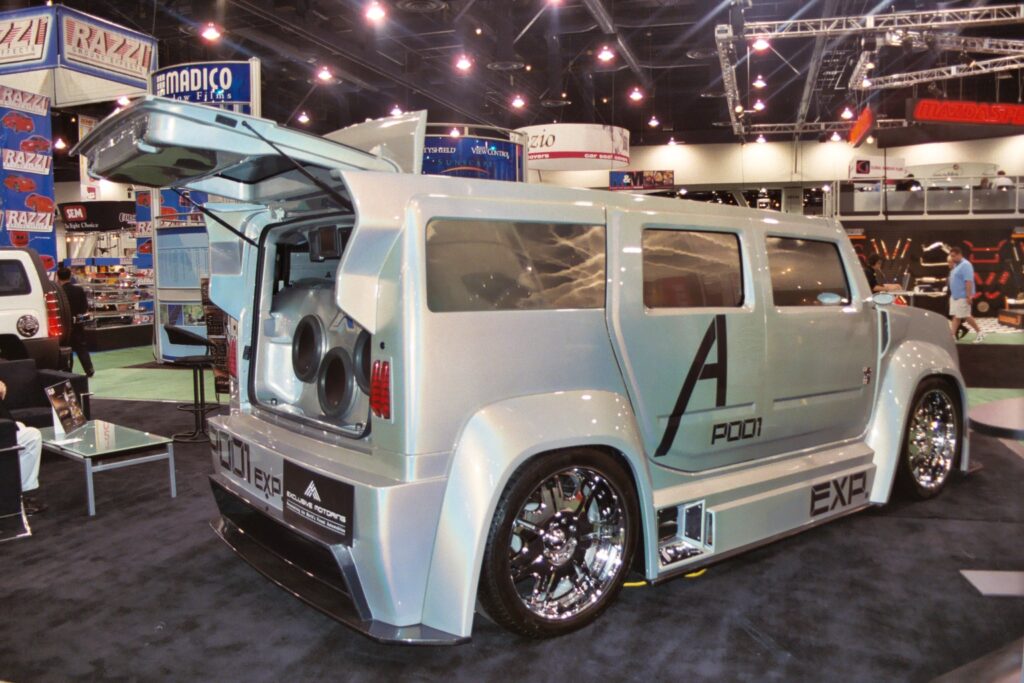
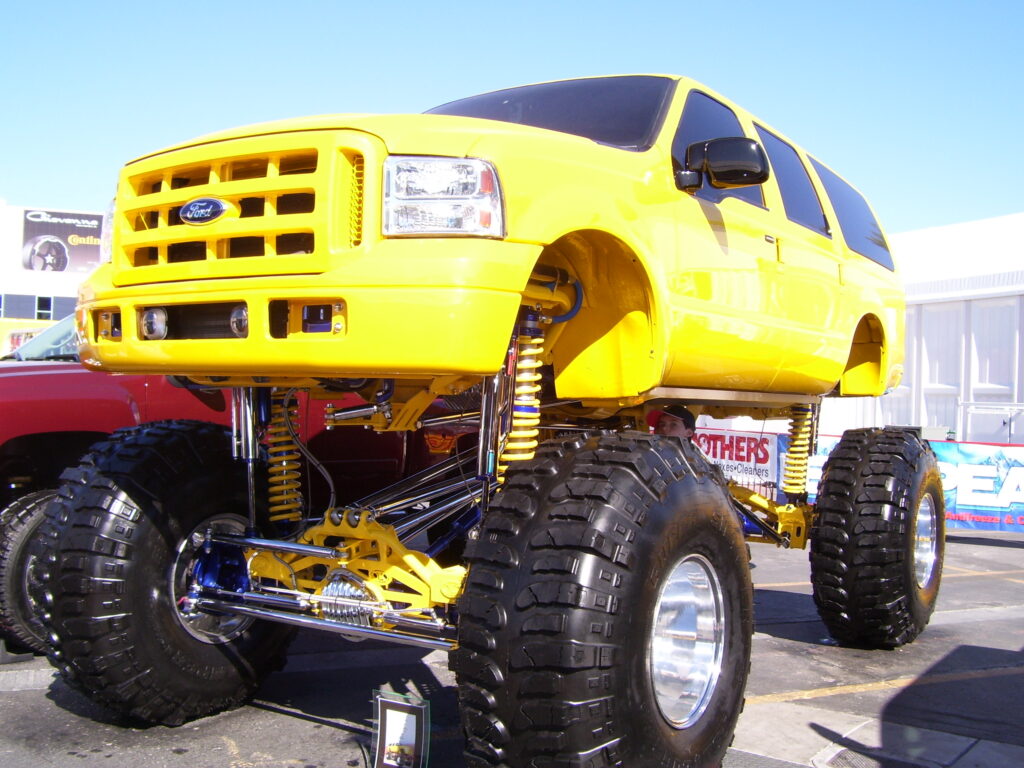
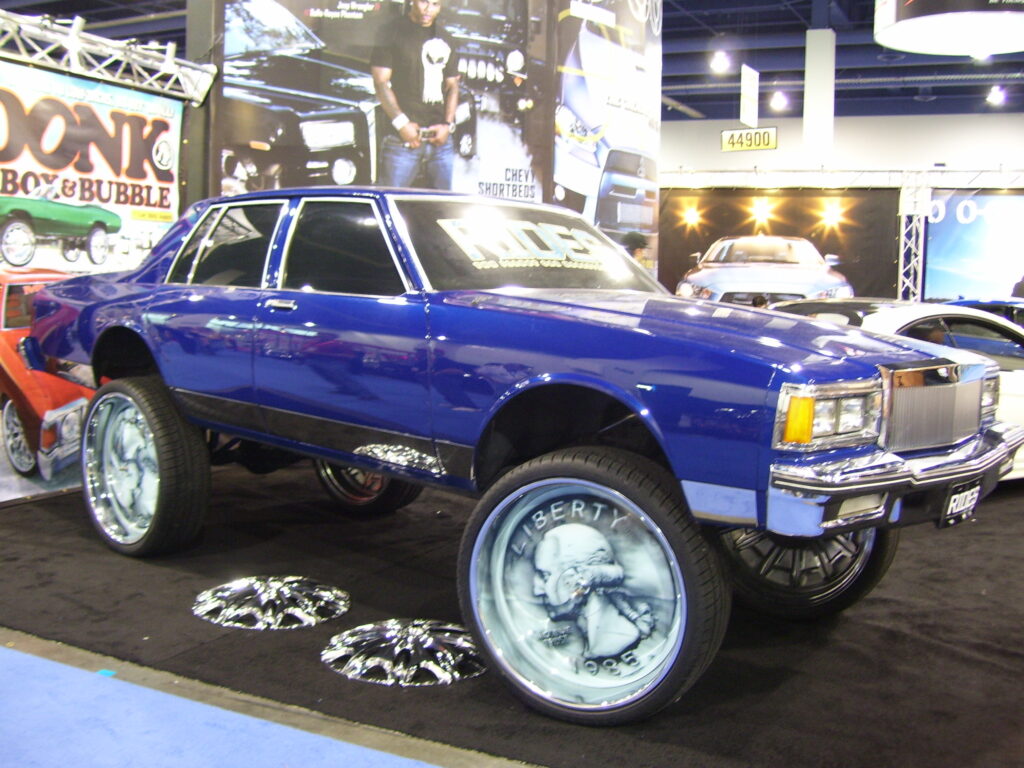
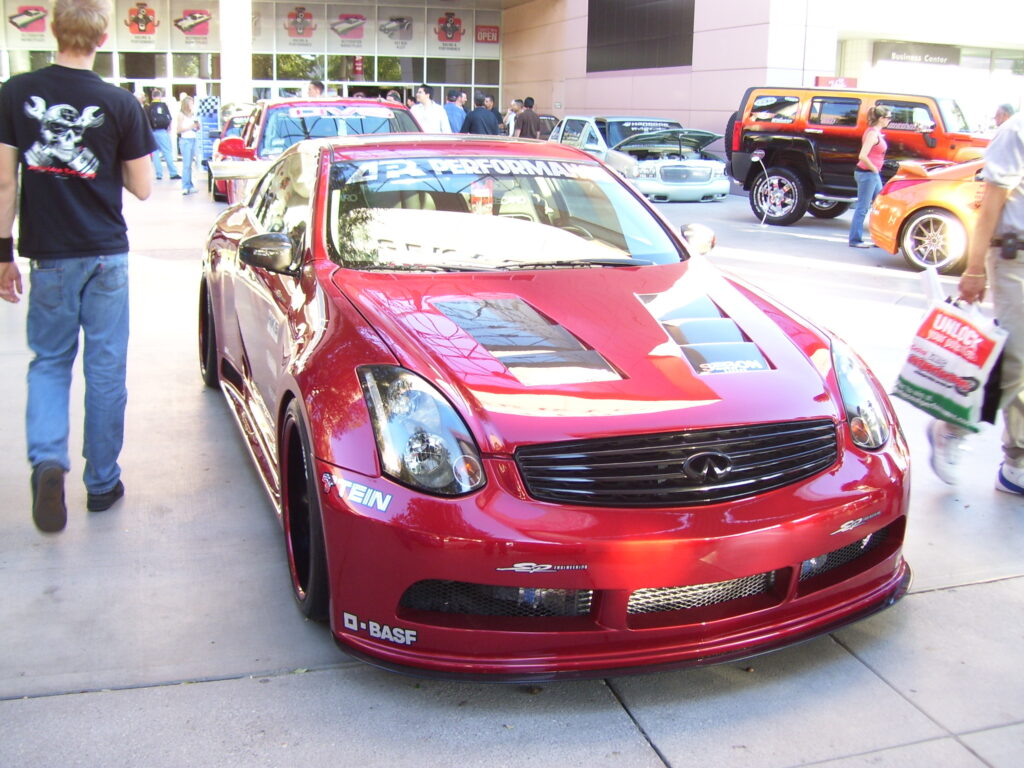
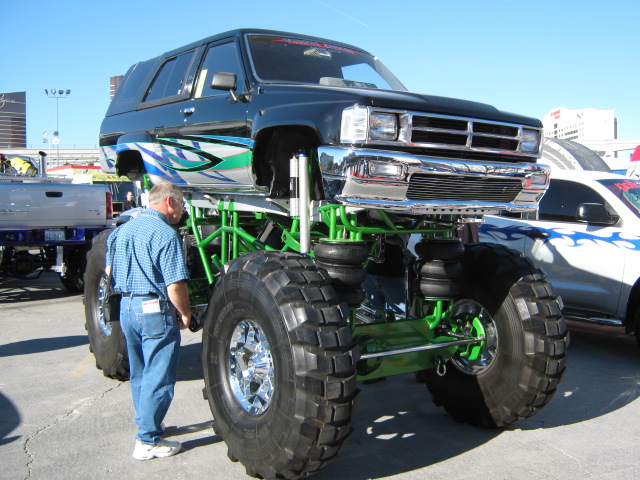
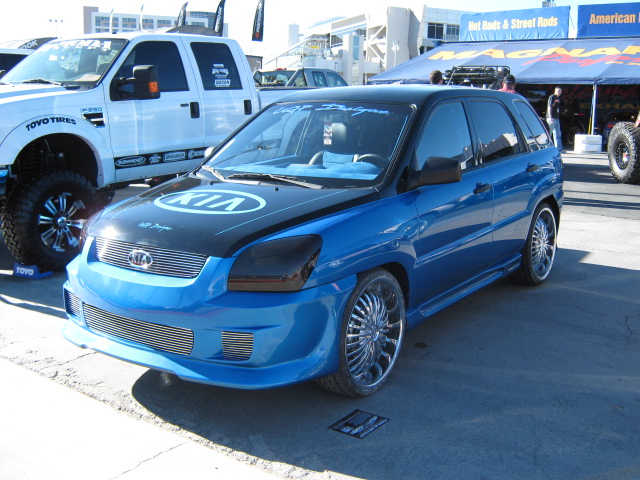
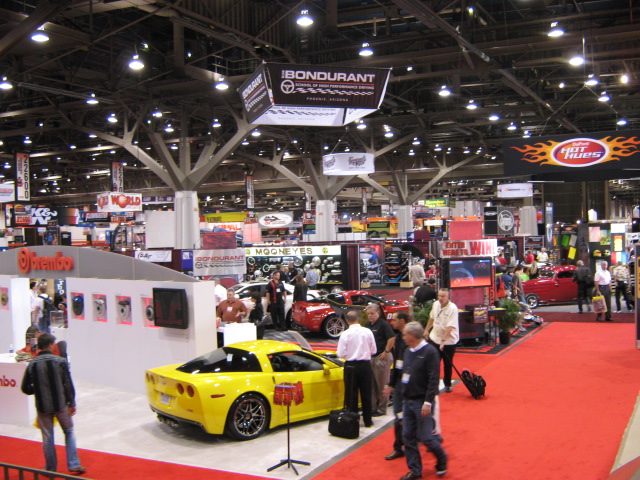
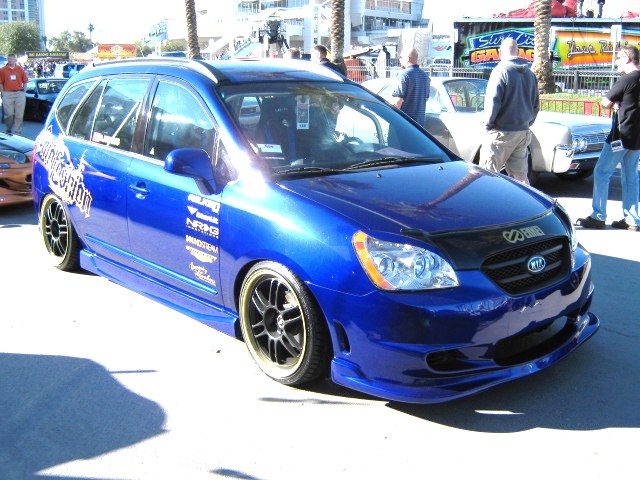

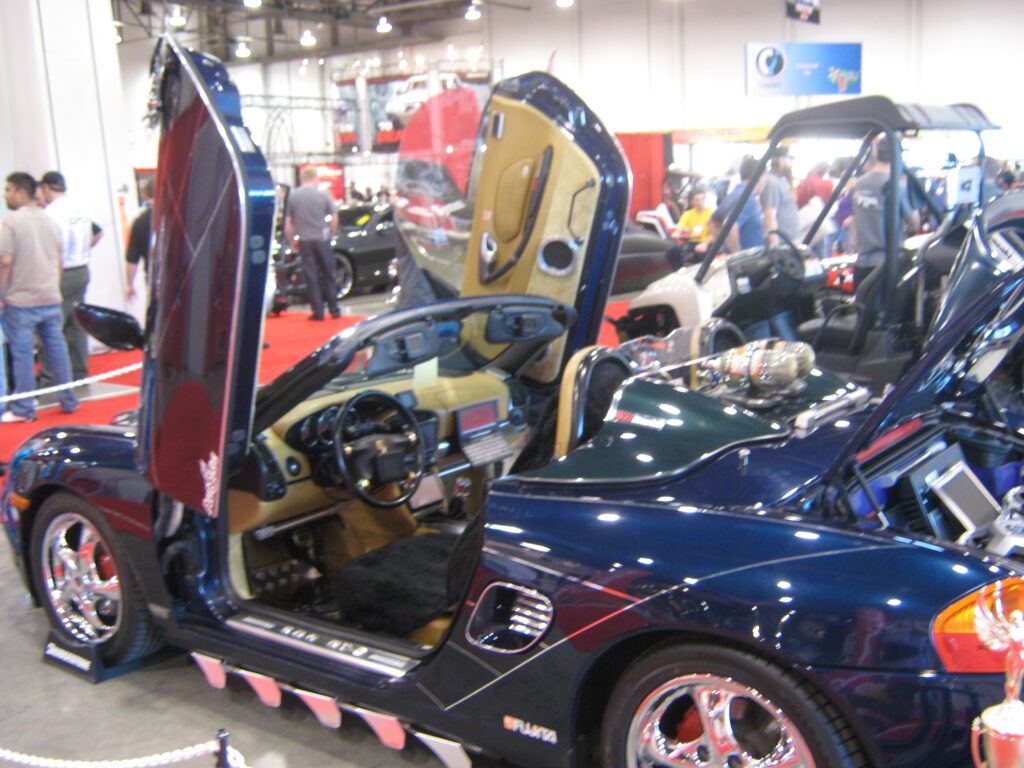

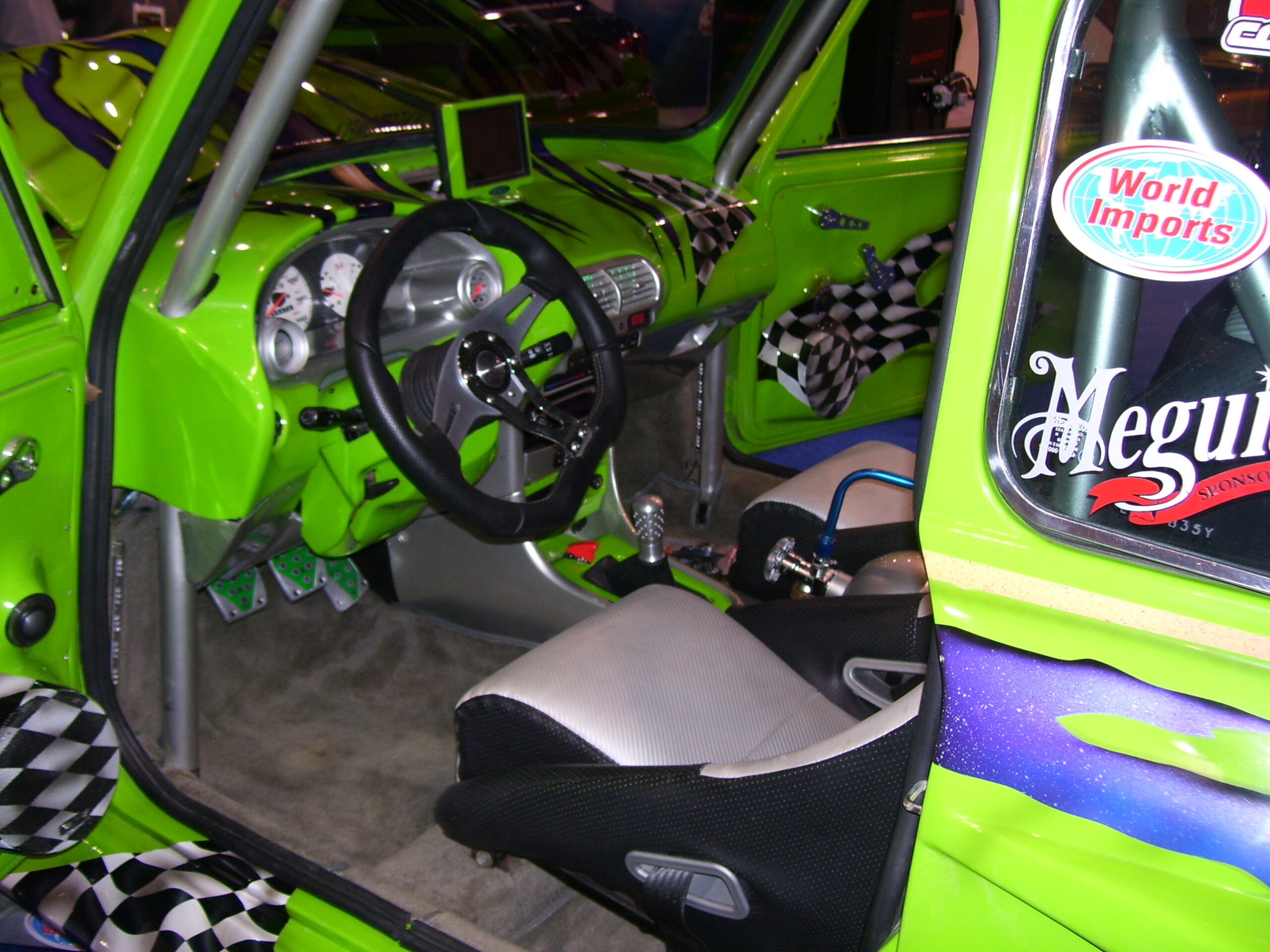
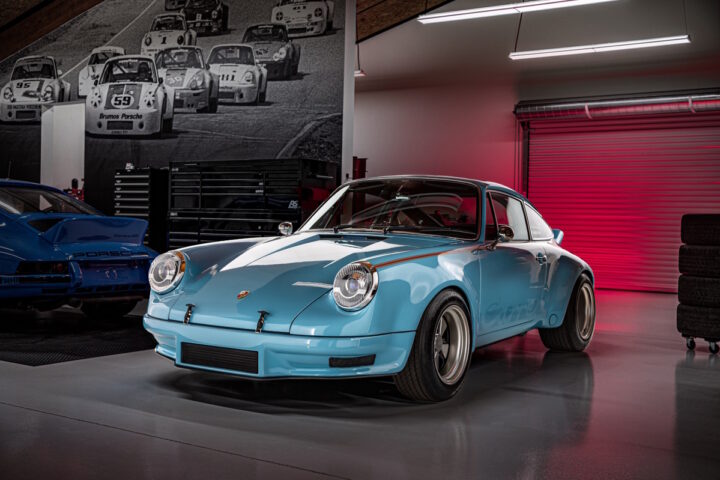
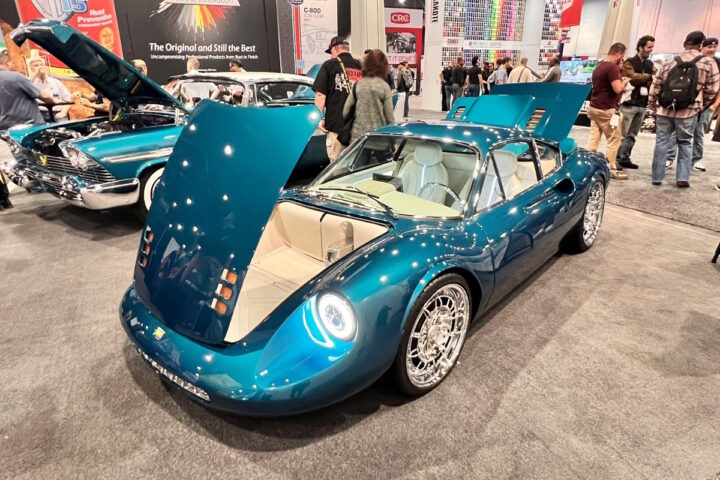
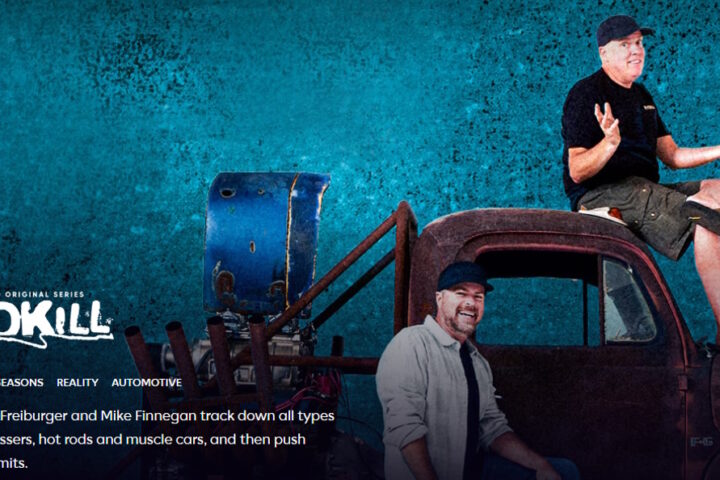

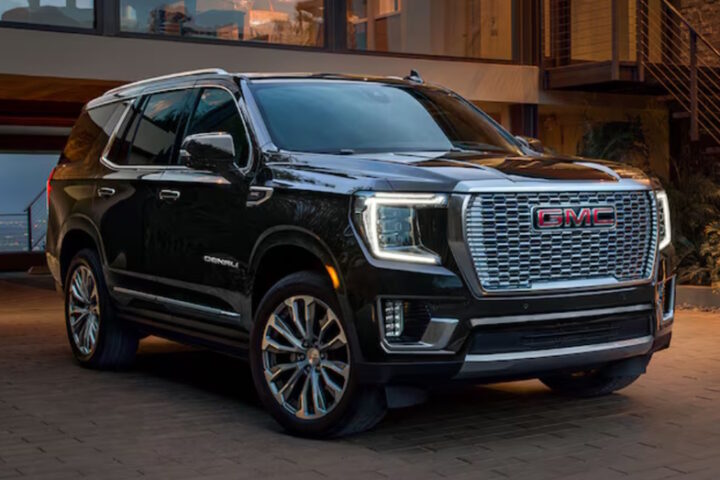
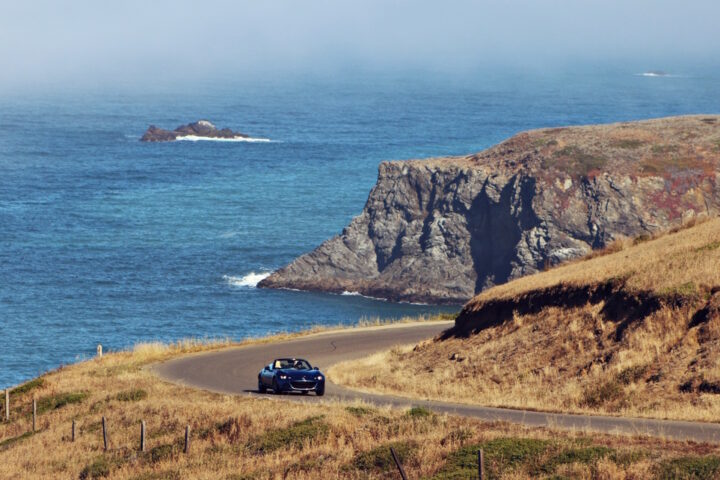
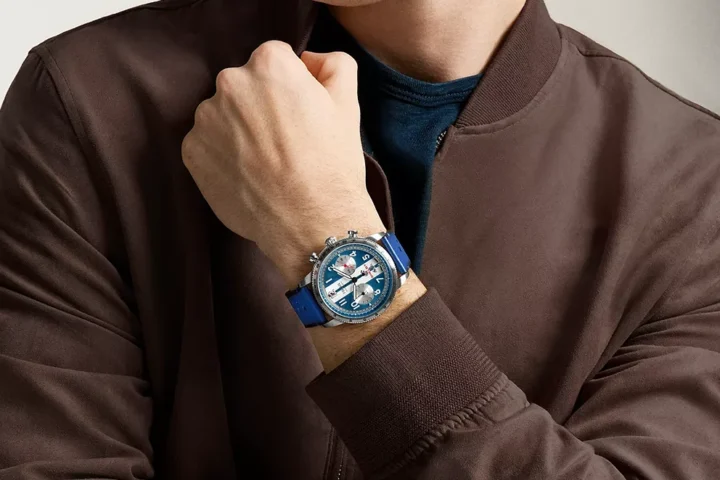
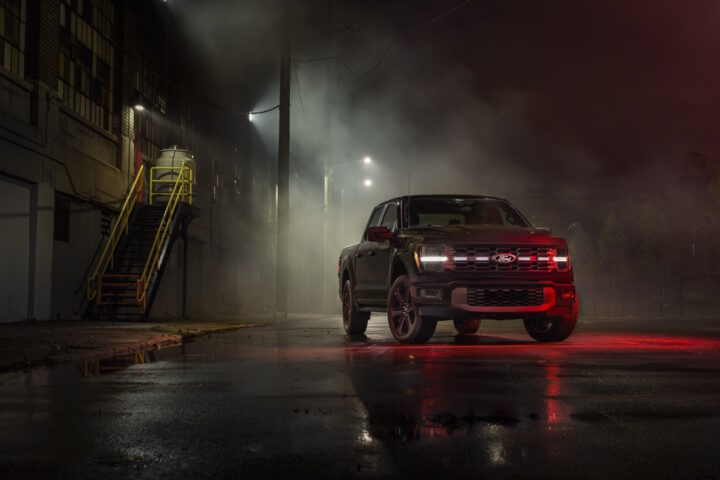
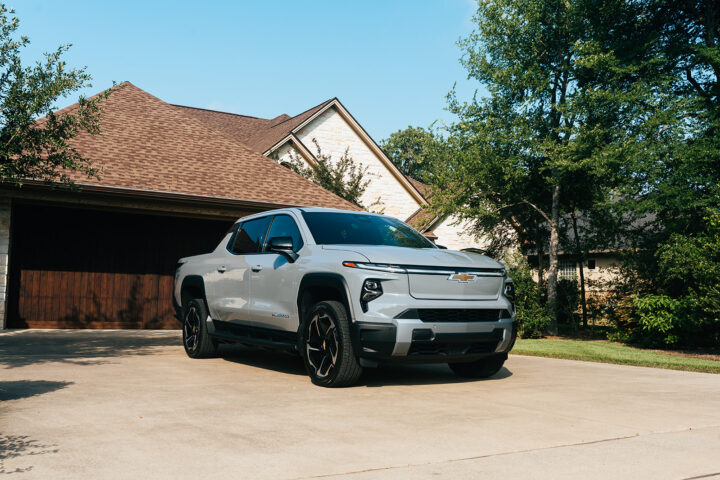

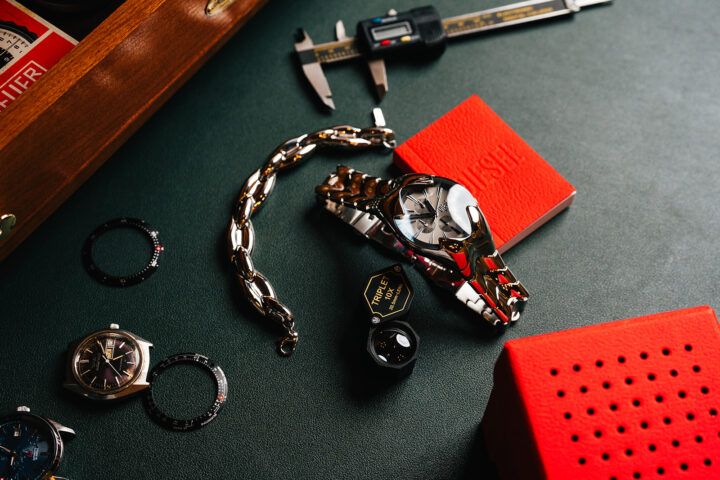
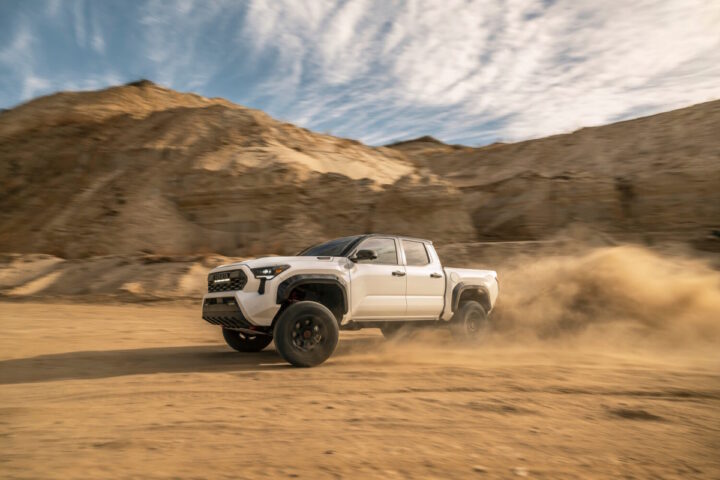
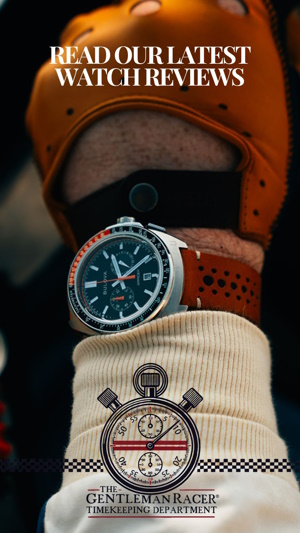


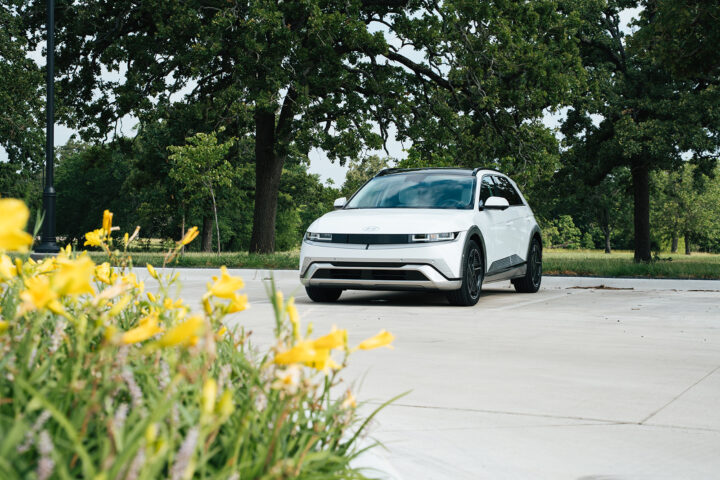
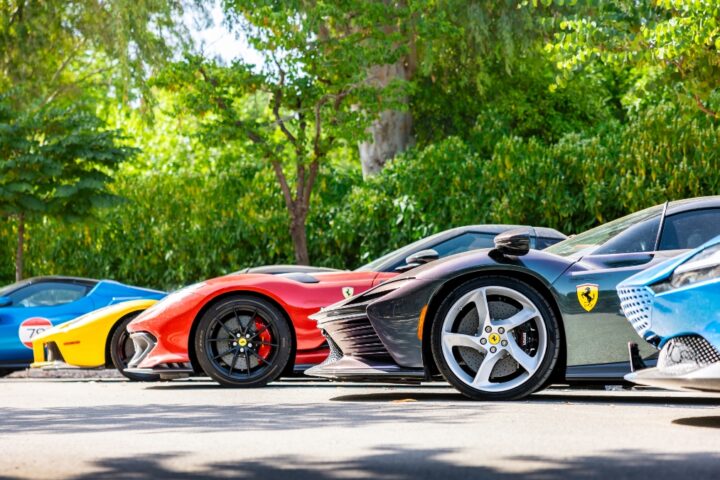

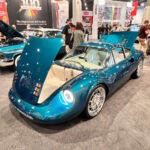
We all thought we looked so cool with our spinners and glo lights.
Flashback for sure! Crazy how bad this stuff looks now.
I am truly thankful to the owner of this web site who has shared this fantastic piece of writing and photography with so many memories.
No regrets, would buy again!
I had a poster of that Falken Tire GTR on my wall in high school. As crazy as the builds were it was a fun time, the street races were low key real racers not this stupid takeover stuff. Everyone just wanted to have a good time.
Makes me want to buy another Del Sol and “restore” it to period correct tuner car.
Having to tell people the story of the tattoo would be so embarrassing.
This is freaking awesome, talk about a blast from the past! My earliest SEMA show was in 2011, and the scene had definitely changed by that point..
It was the wild west back in the early 2000s at SEMA.
Shit was cracken back in the day we need to bring this back to the car scene.
Do you plan on coming back to Indonesia? I’ve got some recommendations for stories in Indonesia you might be interested in hearing. Either way, great site and I look forward to seeing it grow over time.